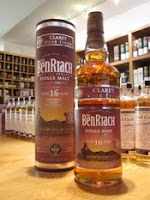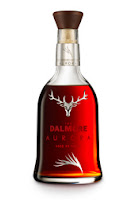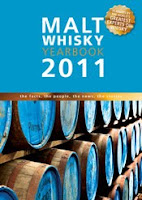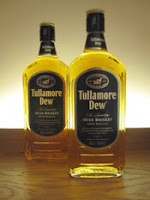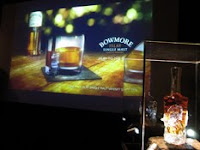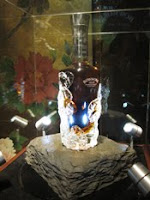 Highland Park is the most northern whisky distillery in Scotland. In fact, it is one of the most northern distilleries of any kind in the world, beating others in Canada and Russia. Highland Park is located on the Orkney islands to the north of the Scottish mainland, close to the capital Kirkwall, and is one of only two distilleries on the main island (Scapa being the other). Highland Park is one of the oldest whisky distilleries in Scotland and was established in 1798 by Magnus Eunson. He was known as the 'whisky priest' - he was a priest by day and an illegal whisky distiller and smuggler by night! The story goes that he used to store the whisky in the crypt under Kirkwall cathedral so that it would be safe from the nosy Customs & Excise men.
Highland Park is the most northern whisky distillery in Scotland. In fact, it is one of the most northern distilleries of any kind in the world, beating others in Canada and Russia. Highland Park is located on the Orkney islands to the north of the Scottish mainland, close to the capital Kirkwall, and is one of only two distilleries on the main island (Scapa being the other). Highland Park is one of the oldest whisky distilleries in Scotland and was established in 1798 by Magnus Eunson. He was known as the 'whisky priest' - he was a priest by day and an illegal whisky distiller and smuggler by night! The story goes that he used to store the whisky in the crypt under Kirkwall cathedral so that it would be safe from the nosy Customs & Excise men.An award winning whisky
Highland Park is one of the best selling single malt whiskies in the world. It is currently owned by the Edrington Group and has an annual production capacity of 2.5 million litres. The success of Highland Park comes as a result of them creating a spirit which is smoky but not to the degree of the majority of Islay whiskies. The core range is extensive and covers different ages (12, 18, 25, 30 and 40 years old). There are also exclusive Duty Free travel retail releases at 16 and this 21 years old, as well as occasional limited edition bottlings. Highland Park is readily available and popular with the independent bottling companies. This 21 years old was first released in 2007 and is currently bottled at 47.5% ABV. It was named as Best Single Malt of the Year at the prestigious World Whisky Awards in 2009. A bottle should cost £80-85 from larger travel retail stores.
Our tasting notes
The colour of this whisky is a dark golden amber. The nose is rich and heavy with caramel and coal smoke notes. These are followed by more subtle notes of honey, dried fruits (especially raisins and candied orange peel), butterscotch, cereal grains and dried grass (think of hay). There is also a distinct heather note (imagine dried heather), which comes through. With time, the smokiness becomes softer and melts in with the other characteristics to give a lovely balance. On the palate, many of the notes from the nose are present - caramel, dried fruits (especially the candied orange peel), honey, heather, smoke and cereals. The whisky feels rich and sensual in the mouth but it is much spicier and drier than the sweeter elements of the nose suggest. There are more woody notes, along with toasted nuts and wood spices (think of toasted almonds, cinnamon and nutmeg). These becomes more exaggerated on the finish. The finish starts sweetly with a hit of that caramel, before the wood, drying coal-like smoke and wood spices begin to take over. It is rich and complex with the spicy, dry notes adding great balance to the whisky. Finally, there is a hint of dark chocolate and espresso coffee grains.
What's the verdict?
The 21 years old is a rich, sumptuous whisky that demonstrates why Highland Park's whiskies are so popular. It has something for everyone - sweetness but not too much, smokiness but not too much, spiciness but not too much, dryness but not too much ... you get the idea. Highland Park make great all-round whiskies and the result in this case creates plenty of complexity and interest within the dram. It is worth grabbing a bottle of this next time that you are travelling through an airport. We are definitely tempted!

